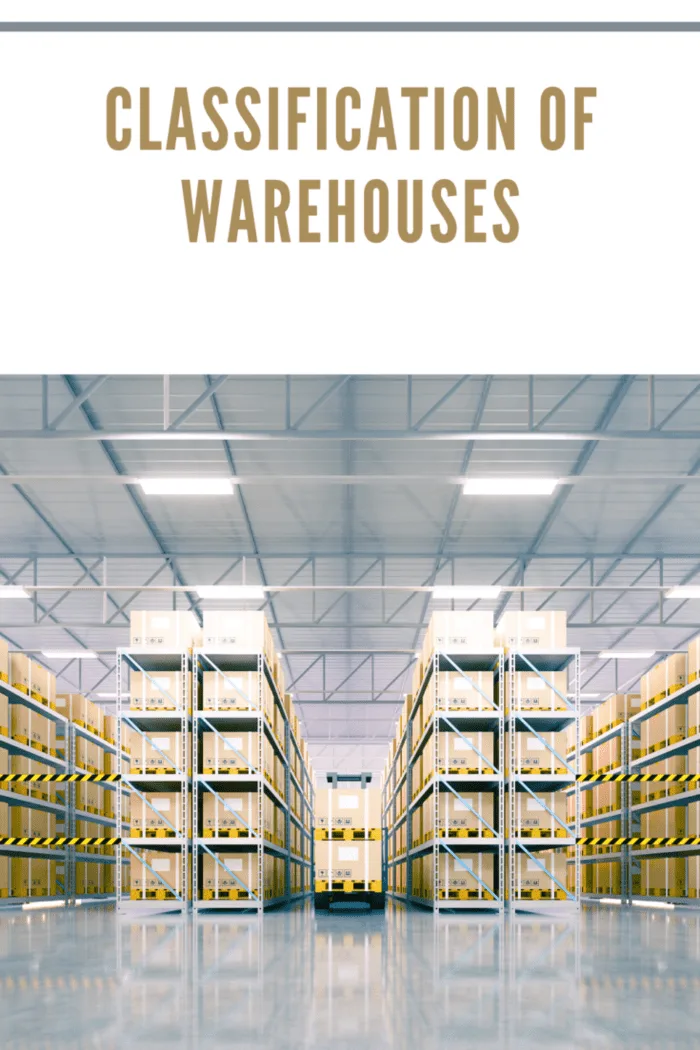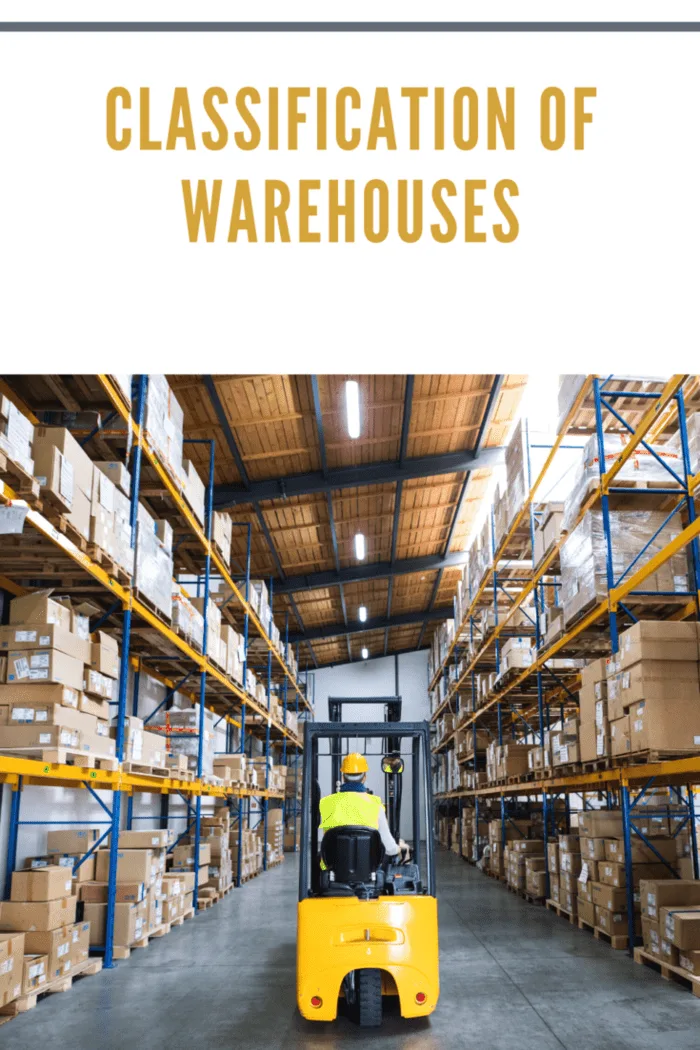Several types of warehouses serve the economic activity of a company: a warehouse of raw materials, a warehouse of semi-finished products, a warehouse of finished products, etc.
Warehouses must be allocated according to their operational needs.
Classification of warehouses is done according to the degree of atmospheric protection, the type of material stored, their location (a function of distribution logistics), their equipment and handling techniques, or according to their legal regime.
Classification of Warehouses
According to the degree of atmospheric protection
Warehouses covered:
As the name suggests, they are warehouses with either brick, canvas, or metal panels.
They offer complete protection to the materials stored there and even change conditions such as temperature, humidity, etc., inside the warehouse.
Open or outdoor stores:
These are warehouses delimited by fences markings and do not have any physical buildings.
Here products that do not deteriorate or degrade with atmospheric effects are stored, for example, new vehicles.
In many cases, these storage protections are used to prevent deterioration, such as plastics, shrink-wrapped creams or protectors, and anticorrosive.

According to the type of material stored
Raw material warehouses:
These warehouses are usually located near the production hall or the site that will use these materials.
Warehouses of intermediate products (Semi-elaborated):
These warehouses are generally located inside the manufacturing plant since their mission is to act as a buffer between the different stages of obtaining a product.
It is assumed that these materials have minimum waiting times for their use.
Finished goods warehouses:
As the name says, they are entire warehouses for the finished product, and their function is the regulator.
The warehouse is usually the highest economic value of all existing ones in warehouses such as National Air Warehouse.
The first objective is to keep the turnover rate as high as possible.
Spare parts:
This warehouse is dedicated to spare parts.
It is a warehouse aimed at storing maintenance needs.
Auxiliary materials:
It is dedicated to auxiliary materials used in production.

According to its function of distribution logistics
Warehouses of plant or central warehouse:
Are those warehouses located as close as possible to the manufacturing center to reduce handling and transport costs, from the production output to the storage point?
Its primary mission is to control the operation as a holder of the leading stock and, thus, if necessary, regional supply warehouses.
These will also act as regional in the influence of where they are located.
Regional warehouses:
These stores should be as close as possible to the point of most significant consumption in the region or area of influence, bearing in mind that this area of influence should not be wider for the distribution of a day.
Its fundamental mission is to distribute merchandise to a certain area’s wholesale or retail customers.
These warehouses receive large trucks from the manufacturing plants or suppliers and likewise prepare for distribution in smaller trucks of capillary distribution.
It gives importance in this type to the preparation of orders.
Warehouses platform:
It is similar to the regional warehouse but of smaller dimensions since it uses techniques such as cross-docking, tense flow, and shock stocks, decreasing the global supply.
The decision to create these stores will depend on the distribution design.
This platform’s intention is to minimize stocks and increase the level of customer service?
Temporary warehouses or deposits:
As the name says, this warehouse classification is intended to cover peaks of demand needing to be served with overstock.
Usually, they are warehouses of temporary hiring.
It is necessary always to have an account that we must think well the merchandise that we will deposit in them, taking care that this one is of direct service to the client or the regional warehouses, and never of return to the central warehouse.

